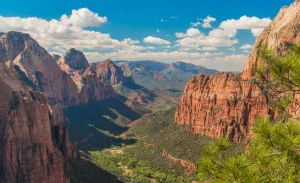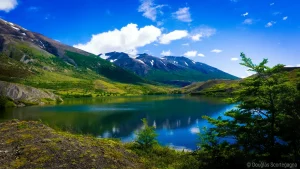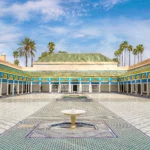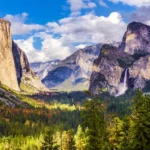Dolphins play offshore and blue-green waters lap at the beaches around Morro de Sao Paulo, a village on the northeastern tip of the island of Tinharé, off the coast of Bahia. Morro de São Paulo 5or simply Morro, which means “hill”) has retained its ancient charms while accepting its status as a tourist destination. During the summer, the clubs on one of the beaches are lively all night, every night. Like many other Brazilian beaches, Morro de São Paulo was an isolated corner of the world until it was discovered by travelers, some of whom became residents.
About Morro de São Paulo
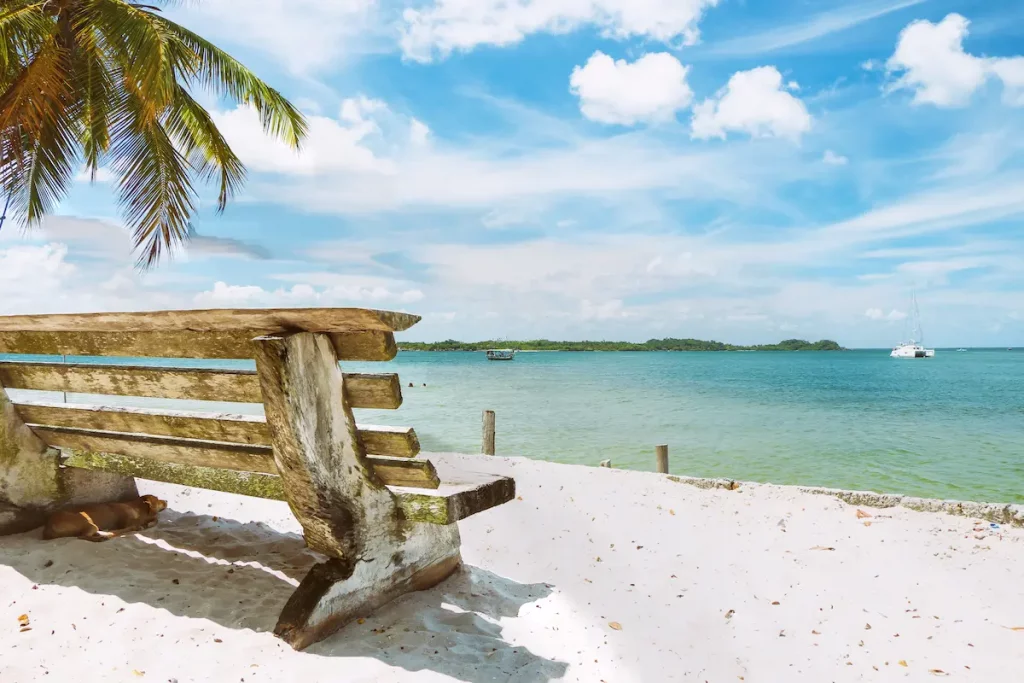
Blessed with pretty postcard beaches and a bustling town amidst lush coastal jungle, Morro de São Paulo has long been a favorite weekend getaway for travelers and Salvadorans alike. Although Morro is overtly touristy, many visitors don’t mind, as it’s also a fabulous tropical paradise with sandy lanes, calm waters, and candlelit nightlife.
Perched remotely at the northern tip of Ilha de Tinharé, Morro’s appeal comes from its relaxed pace (no cars are allowed on the island) and its unique geography: three hills atop the jungle on a point where the mangrove-lined channel meets.
During the high season, it’s booming with vendors mixing fresh-fruit caipirinhas (cocktails) on the sand, and music livens up the beaches every night.
The village of Morro
The village is the reference point for almost everyone on the island. There are many hotels, restaurants, stores, and small agencies. This is where people go, especially at night, to see and be seen. A stop in the village is a must, especially on weekends. The best part of this island? Cars are not allowed! The only transportation is simple, classic wheelbarrows to help carry tourists’ luggage. Be sure to price before you take your luggage.
The beaches of Morro de São Paulo
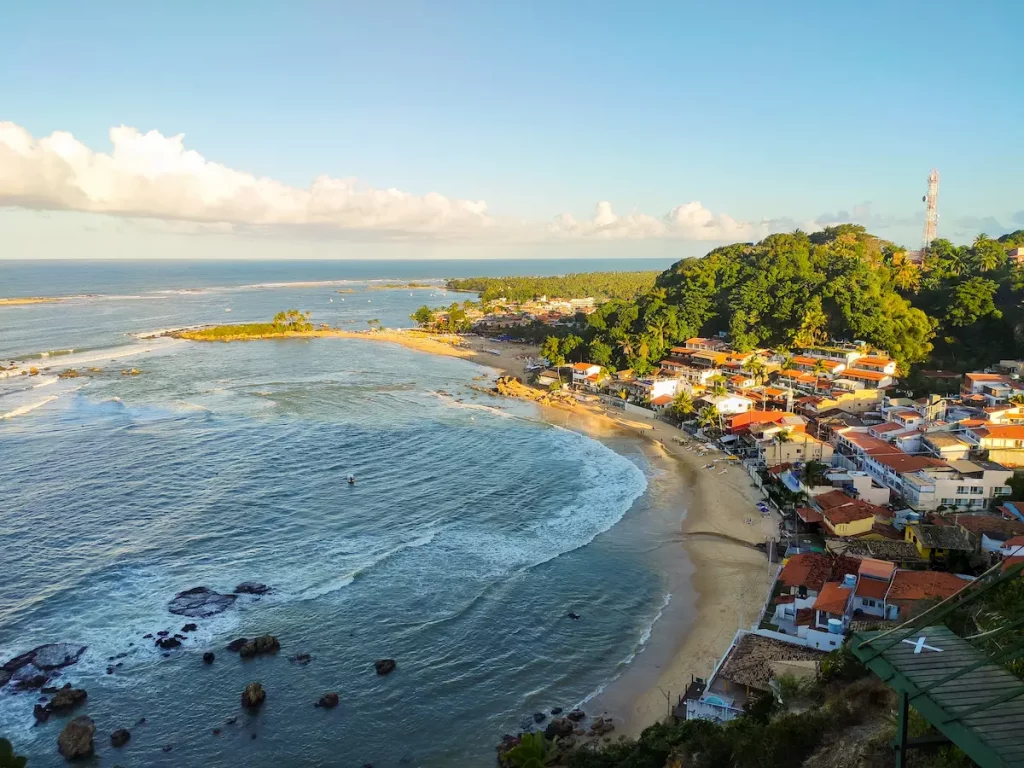
The names of the beaches on the island are simple… first page, etc., easy enough to remember. They all offer something slightly different and are of course all equally beautiful. Here is a brief overview of what each of them has to offer:
Primeira Praia (first beach):
this is the smallest of all. This is where the first houses for vacationers were built, but nowadays they have all been transformed into hotels or apartments that are now rented out. Here you can do many activities such as banana boat rides, surfboard rental, paddle boarding, or snorkeling.
Segunda Praia (second beach):
by far the most popular of all. This is the place where all the action takes place. This beach has the most bars and restaurants. During the day many people fill the sand and at night it comes alive. There are many different games on the beach near the water, choose your spot carefully or you will end up with a football in your cocktail!
Terceira Praia (third beach):
an easy walk from the popular second beach. There are a variety of hotels and restaurants on the third beach and from this beach, you can snorkel or rent diving equipment and head to Caitá Island, a small island surrounded by a large coral reef and a single coconut tree in the center. It is also possible to rent kayaks here.
Quarta Praia (fourth beach):
a long beach of 2 km. There are many small rock pools that are ideal for snorkeling. It is one of the quietest beaches, so it is perfect for people who want to relax, enjoy the scenery, read a book, and not be disturbed by people selling you things on the beach.
Quinta Praia (fifth beach):
Quinta Praia (also called Encanto beach the beach of enchantment) in Morro de São Paulo is about 1600 meters long and is the most isolated beach in Morro de São Paulo. A beach of pure nature. Almost 2 kilometers of untouched nature with only a few luxury hotels for those who like to be isolated in the company of only coconut trees, the crystal clear sea, and the sky.
Best time to come to the island
The best time to visit Morro De Sao Paulo is during its summer months, from October to March when temperatures average 26 to 30 degrees. This period is filled with party people and vacationers. The population of the island is only 7,000, but over the Christmas and New Year period, it increases to 20,000. Be sure to pre-book well in advance if you plan to travel during this period or during the carnival in February. May and June are the rainiest months of the year, while in July and August many restaurants/shops will choose to close during one of these months.
If you want to visit Morro de São Paulo at its liveliest time, combine it with Salvador’s carnival. On Ash Wednesday, Morro throws its Ressaca (“Hangover”), a party with lots of beach and bar parties after the carnival. Advance reservations are recommended; you can usually still find hotel rooms about a month before the Ressaca. There are many welcoming accommodations in Morro de São Paulo, ranging from the more expensive to the more economical.
Things to do and see in Morro De São Paulo
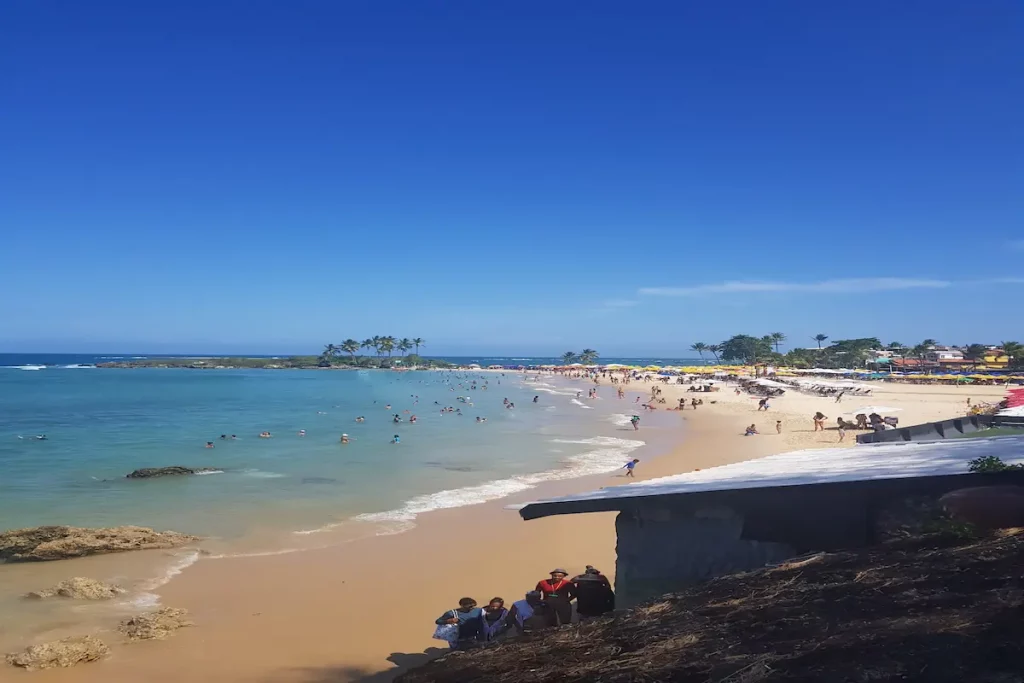
Eat, drink, relax, sleep and do it again. If doing these activities bores you or you want a change of scenery, there are a few other things you can do:
Explore the beaches: this may seem like a no-brainer, but the variety of beaches nearby makes Morro de São Paulo the perfect place to enjoy the beach. Explore the calmer waters of Quarta Praia (fourth beach) before heading to the more lively Segunda Praia (second beach). Move from Praia Primeira to Gamboa and Garapua beaches to find out which stretch of sand is best for you.
Farol do Morro: for a different view of this island paradise, head to the famous lighthouse, Farol do Morro. It’s a steep climb, but the view, especially at sunset, is well worth it. Feel free to bring a beer or a cocktail with you to toast another day in paradise in front of a sunset.
Explore the restaurants: It’s no secret that the islands have the best seafood. Freshly caught fish is one of the best foods to try in Morro de São Paulo, so stock up while you’re on the island. Consider trying other fantastic dishes, like pasta and Italian pizza while you’re here, but be prepared to pay extra for the fancier restaurants. A reliable and relatively inexpensive food is açaí, which is served as juice or in a bowl with granola at most beachside restaurants.
Explore Boipeba: Morro de São Paulo is a village north of Ilha da Tinharé, which is just one island in the archipelago. For another piece of paradise, take a boat trip to Boipeba, an island just to the south. With more beautiful beaches and an even more rustic feel than Morro de São Paulo, Boipeba is a getaway within your getaway.
Boating and water sports: if you feel like getting out on the water, this is an easy place to do so. With surfboard and paddleboard rentals available by the hour, it’s easy to join a session at any time of the day. For a more organized tour, check out the kayaking and canoeing options. Or for a relaxing activity, consider a sailboat ride and enjoy a beautiful view of the island’s coastline.
Tyrolean traverse: After climbing the hill to see the lighthouse, consider taking the short ride over the tiroleza, or zip line, to Praia Primeira (or First Beach). It’s a quick adrenaline rush and an exciting way to see the coastline. Be prepared with only your bathing suit as you will land directly in the water.
Fonte Grande: This 18th-century fountain may only have a trickle of water nowadays, but its construction is worth a visit. After a walk through the area and a little history lesson, head to one of the nearby bars or restaurants for a hearty lunch of Bahian cuisine or a cold beer.
Fortaleza do Tapirandu: At the northern end of the island, you will discover the ruins of an ancient fort. Fortaleza do Tapirandu has stood guard at All Saints Bay in Bahia since 1630 and has seen many battles, destructions, and rebuilds since then. This historic fort is a great place to contemplate the maritime history of Brazil!
How to go from Salvador to Morro
There are two main routes to the island, both of which are accessible.
- A 2-hour catamaran ride that departs from Mercado Modelo, close below the old town. This terminal is located just across from the iconic “Elevador Lacerda” exit. A round trip ticket costs 83 reals ($13). It is the quickest and most direct route, yet it may also be the most inconvenient. Even for individuals with a strong stomach, seasickness medications are highly recommended as the boat sails through deep water because it is known to be particularly choppy. Tickets can be purchased on the day of your visit (low season) or the day before (high season) at the boat terminal (high season).
- Cassi Tourismo is a tourism agency in Salvador with numerous locations. You may schedule a one-way transfer for 93 reals (15$) with them. This package includes a hotel shuttle, a relaxing 40-minute boat ride, an hour and a half in an air-conditioned bus, and a 12-minute speedboat excursion. Although it adds 1.5 hours to your journey, it’s time well spent if you’re prone to seasickness.
Note
that once you are on the island, you will be required to pay a 15 real (3$) tourist tax.
- Also Read: Travel to Marrakesh to meet a city of legend


